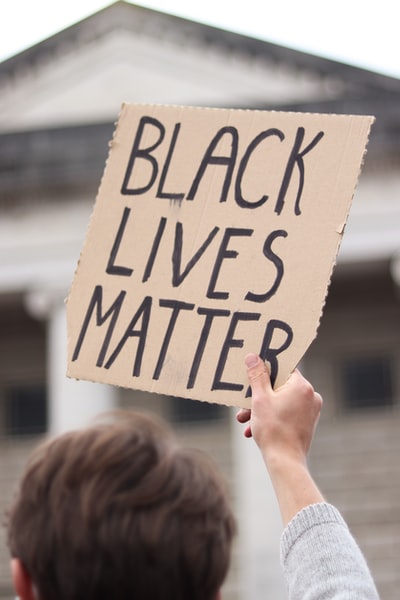
- Many victims of sexual assault are too afraid or too ashamed to report the attack to the police.
- Petty crime, e.g. vandalism, will often go unreported.
- Crimes which involve close family members may be dealt with between the individuals concerned.
- Employers who have been defrauded by their own employees may wish to avoid unwanted negative publicity by dealing with the matter privately.
- Not all reported crime gets recorded. Police officers may feel it is too petty or that there isn’t enough evidence to show that a crime has actually been committed.
——————————————————
Public debates on law and order

The result of this is to provoke fear, outrage and moral panic. Antisocial behaviour like binge-drinking, happy-slapping, gang violence and vandalism are usually associated in the press with young people. Although the young are more likely to commit crime than older age groups, they sometimes become scapegoats for other things that have gone wrong in society.
Blame for what is widely seen as an increase in antisocial behaviour among young people is sometimes directed towards parents, teachers, the breakdown of the nuclear family, the secularization of society, the economy as well as on the individual’s themselves.
Governments have introduced new policies in an attempt to control antisocial and criminal behaviour among young people. These include fines for the parents, curfews as well as, famously, the Antisocial Behaviour Orders (ASBOs). Many people consider these to have been ineffective, since some gang members regard an ASBO as a kind of trophy or status symbol.